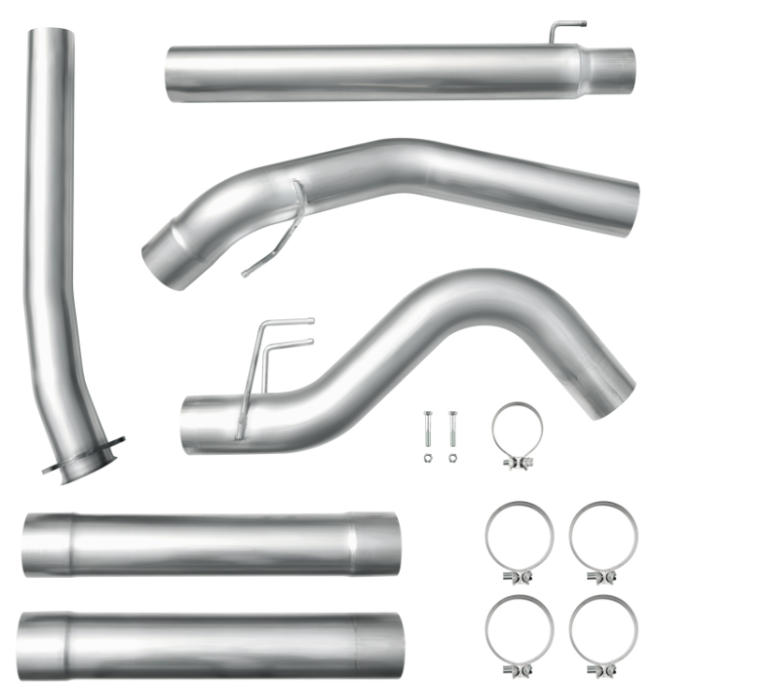How to Choose the Right Glass Partition Wall for Your Space
In modern architecture and interior design, glass partitions have become more than just decorative features — they are essential elements of functionality, elegance, and efficiency. Whether you’re designing an office, a retail environment, or a residential space, glass partitions help achieve open layouts while maintaining privacy and style.
If you are considering incorporating glass walls into your next project, understanding different types, applications, and pricing factors is crucial. For a detailed breakdown of the Glass partition wall cost, you can explore the industry insights shared by experts in architectural glass systems.
1. Why Glass Partition Walls Are Popular Today
The use of glass walls in interior architecture has grown significantly over the past decade. They offer a sleek, modern aesthetic and support the trend toward open, light-filled environments. Companies and homeowners alike appreciate how glass creates visual connectivity while controlling acoustics and maintaining spatial boundaries.
Some of the top reasons for choosing glass partition walls include:
Natural Light Maximization: They allow sunlight to flow through spaces, reducing the need for artificial lighting and enhancing well-being.
Modern Design Appeal: Clean lines and transparency create a sense of luxury and openness.
Flexibility: Demountable or movable glass partitions allow for easy reconfiguration as needs evolve.
Acoustic Control: Double-glazed or laminated options improve sound insulation, ideal for offices and meeting rooms.
Energy Efficiency: With proper glazing, glass partitions help maintain indoor temperature control.
2. Types of Glass Partition Walls
When selecting a partition wall, it’s important to understand the variety of glass systems available. Each type serves different functional and design purposes.
a. Frameless Glass Partitions
Offer a seamless, minimalist look.
Ideal for modern offices, showrooms, and residential spaces.
Usually made of tempered or toughened glass for safety.
b. Framed Glass Partitions
Supported by aluminum or steel frames.
Provide added durability and structural stability.
Available in various finishes to match décor.
c. Acoustic Glass Partitions
Designed for areas requiring sound privacy.
Utilize laminated glass with an acoustic interlayer.
Commonly used in meeting rooms, hospitals, and recording studios.
d. Switchable Smart Glass
Can change from transparent to opaque with a switch.
Combines privacy control with modern technology.
Often used in executive offices and luxury homes.
e. Fire-Rated Glass Partitions
Built to withstand high temperatures and delay fire spread.
Essential for compliance with safety regulations in commercial buildings.
Each type offers distinct benefits, and choosing the right one depends on your space’s purpose, design style, and budget.
3. Key Factors to Consider When Choosing Glass Partitions
Selecting a glass partition involves more than just aesthetics. The right decision balances design goals, functionality, and cost-effectiveness.
a. Purpose of the Space
Determine how the room will be used. An open-plan office might prioritize natural light, while a conference room may need acoustic privacy.
b. Privacy Requirements
Consider frosted or tinted glass if you need visual separation without sacrificing light. Smart glass can also provide adjustable privacy.
c. Safety Standards
Ensure that all glass partitions comply with local building codes and use tempered or laminated safety glass.
d. Budget
Costs can vary depending on the type of glass, frame materials, and installation complexity. Transparent cost estimates help plan effectively.
e. Maintenance
Glass partitions are generally low-maintenance, but factors like fingerprint resistance and cleaning accessibility should be evaluated.
4. Applications of Glass Partition Walls
Glass walls fit into nearly any setting where transparency and design sophistication are desired.
Commercial Spaces
Offices: Enhance collaboration and daylight distribution.
Conference Rooms: Provide privacy while maintaining visibility.
Retail Stores: Create open displays that invite customers in.
Residential Interiors
Living Areas: Separate dining and living spaces elegantly.
Bathrooms: Use frosted or patterned glass for shower enclosures.
Home Offices: Encourage focus without isolating from natural light.
Hospitality and Public Buildings
Hotels: Use glass partitions for lobbies, restaurants, and spa areas.
Airports and Hospitals: Maintain openness while managing flow and privacy.
Each environment benefits from the functional and visual strengths that glass partitions offer.
5. Advantages of Installing Glass Partition Walls
Enhanced Light Transmission – Glass partitions brighten interiors naturally.
Modern and Professional Appeal – Ideal for branding and corporate design aesthetics.
Customizable Designs – From frosted patterns to colored glass, customization is easy.
Quick Installation – Prefabricated panels can be installed with minimal downtime.
Durability – High-quality tempered glass resists impact and wear.
6. Cost Considerations
The total cost of a glass partition wall depends on several variables:
Glass Type: Standard tempered glass is less expensive than laminated or smart glass.
Framing Material: Aluminum frames are affordable; steel offers strength but at higher cost.
Design Complexity: Sliding systems, curves, or integrated doors add to the price.
Installation Size: Larger partitions and custom shapes increase cost proportionally.
According to industry professionals, prices can range significantly based on quality, thickness, and location. For a detailed and accurate guide, check out the full analysis of Glass partition wall cost, which provides insights into price ranges and value optimization strategies.
7. Tips for Maximizing Design Impact
If you’re investing in glass partitions, consider these expert tips to make the most of your installation:
Combine Transparency and Privacy: Use frosted patterns or partial etching to achieve balance.
Coordinate Frames and Fixtures: Match metal finishes with other architectural elements.
Incorporate Lighting: Highlight glass surfaces with LED lighting for dramatic effects.
Consider Ceiling Height: Full-height partitions make smaller spaces appear larger.
Plan for Flexibility: Demountable partitions allow for future reconfiguration.
By focusing on these details, you can ensure your glass partitions serve both visual and practical purposes effectively.
8. Sustainability and Energy Efficiency
Modern glass systems are designed with sustainability in mind. Double-glazed and low-emissivity (Low-E) coatings improve insulation, reducing energy consumption. In office environments, increased daylight access has been linked to improved employee productivity and reduced lighting costs.
When combined with smart building controls, glass partitions contribute to greener and more efficient architecture — a growing priority for developers worldwide.
9. Maintenance and Longevity
Maintaining glass partitions is simple, but regular care ensures they retain their clarity and appeal:
Use non-abrasive cleaners to avoid scratches.
Clean frames and seals periodically to prevent dust buildup.
Inspect hinges, sliders, and seals to maintain smooth operation.
High-quality installations can last decades with minimal maintenance, making them a smart long-term investment.
10. Future Trends in Glass Partition Design
The evolution of architectural glass technology continues to redefine how spaces are designed. Some emerging trends include:
Smart Glass Integration: More affordable electrochromic glass with improved energy control.
Sustainable Materials: Recycled glass and eco-friendly framing solutions.
Minimalist Aesthetics: Invisible framing and seamless transitions.
Hybrid Spaces: Flexible, movable glass walls for multipurpose areas.
These innovations indicate that glass partitions will continue to play a major role in both residential and commercial design for years to come.
11. Choosing the Right Supplier
Selecting a reliable glass system supplier is critical for ensuring product quality and project success. A reputable manufacturer or sourcing partner will:
Offer certified and tested glass materials.
Provide design customization and technical support.
Ensure compliance with safety and performance standards.
Deliver consistent quality control and after-sales service
Global architectural glass suppliers, like MANNLEE, are known for delivering precision-engineered systems for curtain walls, glass railings, and partition installations worldwide.
12. Conclusion
Glass partition walls are a powerful design element that balances aesthetics, function, and flexibility. From brightening interiors to improving sound privacy, they transform both commercial and residential environments with elegance and practicality.
When choosing the right type of glass partition, always consider your budget, safety standards, and space requirements. To better understand pricing and specifications, visit mannleecw.com for expert insights on design options and glass partition wall cost estimates.
Keep an eye for more latest news & updates on Aaryaeditzorg!






